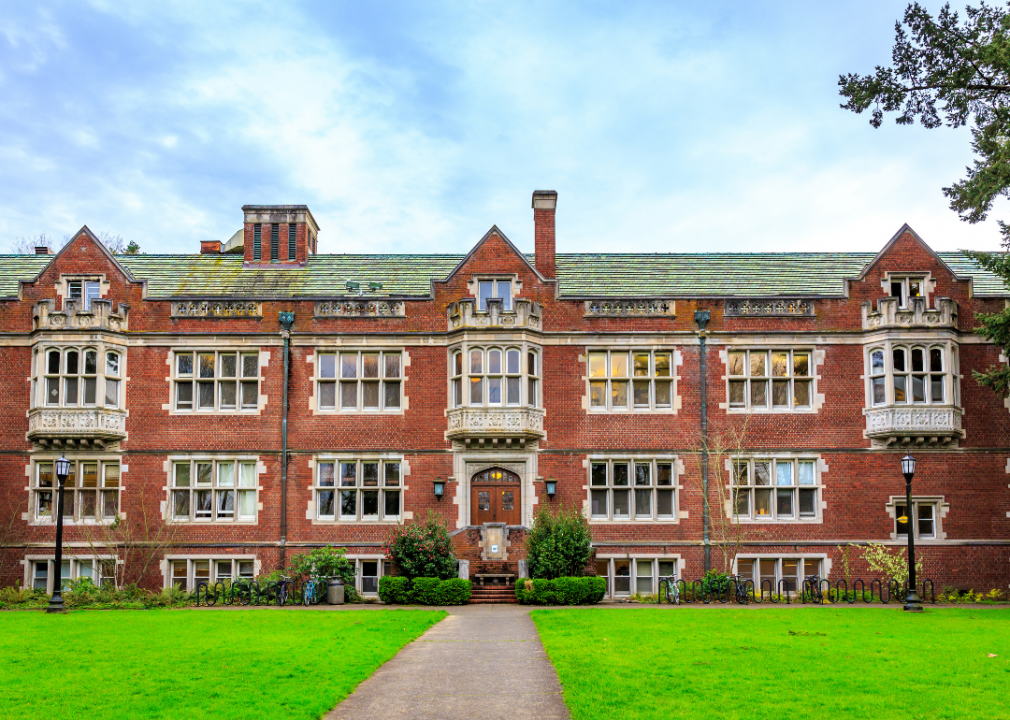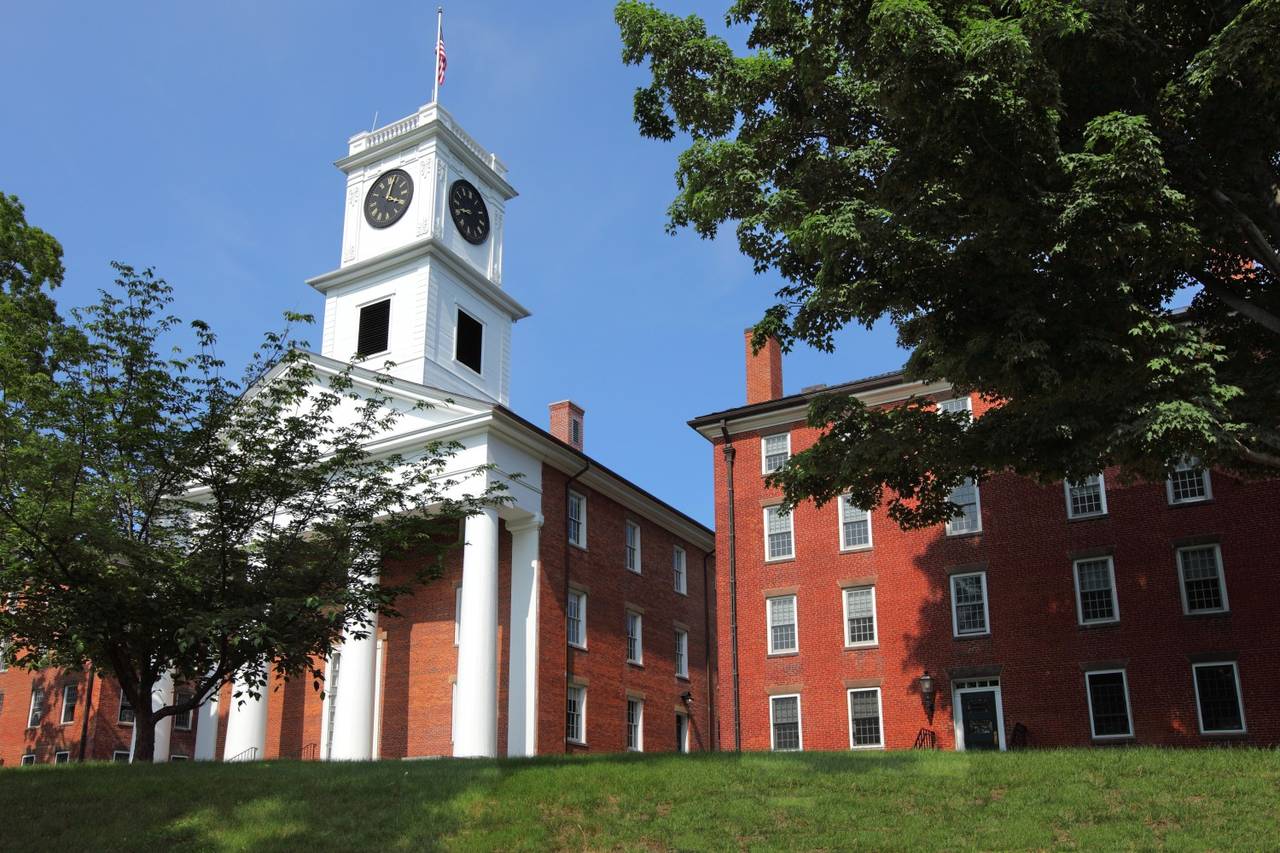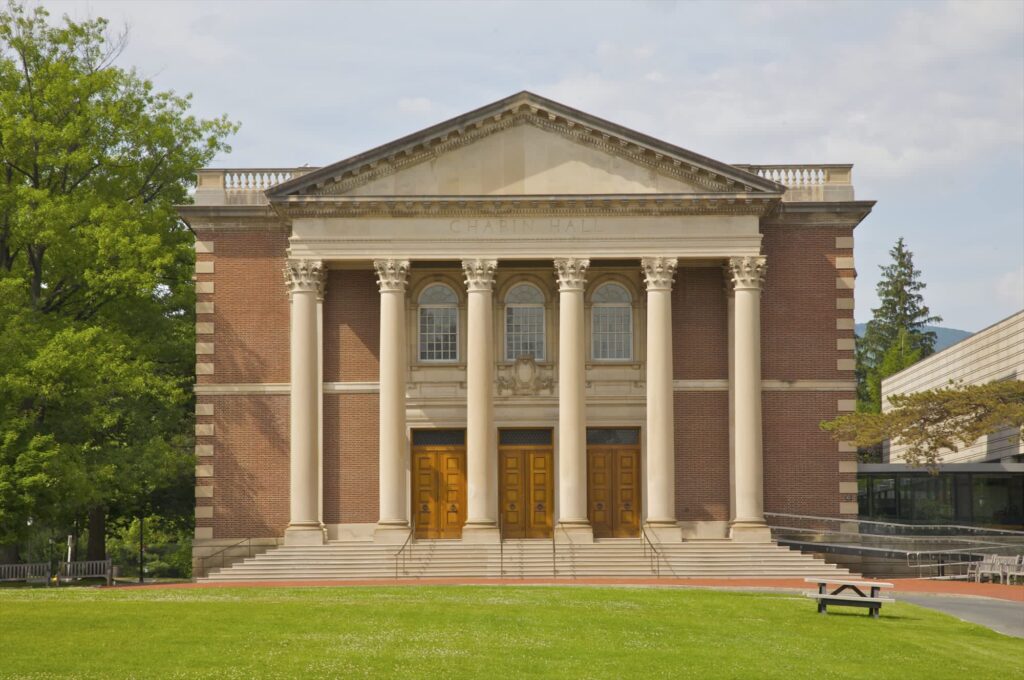In today’s competitive academic landscape, understanding the importance and impact of liberal arts education has become crucial for many students. With various institutions offering unique cultural and educational experiences, liberal arts schools rankings serve as a valuable resource to identify top-performing schools. By evaluating critical criteria and examining the differences between liberal arts colleges and universities, prospective students can make informed decisions about their future. This blog post will delve into the benefits of attending top-ranked liberal arts schools, explore financial aid options, and discuss emerging trends in liberal arts education and rankings.
Key Criteria for Ranking Liberal Arts Schools
When determining Liberal arts schools rankings, several key criteria come into play. These factors ensure that prospective students make informed decisions about their education and future. Below are the main criteria used:
1. Academic Reputation
- Peer assessments and employer feedback contribute significantly to a school’s academic reputation.
- Standardized test scores and admission rates reflect the academic quality of the student body.
2. Faculty Resources
- Faculty-to-student ratio helps indicate how much individual attention students might receive.
- Percentage of faculty with terminal degrees ensures that students learn from highly qualified professors.
3. Graduation and Retention Rates
- These metrics reflect the student’s success and satisfaction. High rates often correlate with a supportive and effective educational environment.
4. Financial Resources
- Schools with significant funding can offer more resources, scholarships, and state-of-the-art facilities.
- Endowment per student is a critical figure here.
5. Student Selectivity
- Acceptance rates and enrolled students’ test scores provide insight into the competitive nature of admissions.
6. Alumni Success
- Post-graduation employment rates and alumni giving rates indicate the school’s impact and success.
Comparison Table: Key Criteria for Liberal Arts Schools Rankings
| Criteria | Impact |
|---|---|
| Academic Reputation | Ensures quality education and respected degree |
| Faculty Resources | Indicates the level of individual attention and teaching quality |
| Graduation/Retention Rates | Measures student satisfaction and school effectiveness |
| Financial Resources | Reflects available facilities, scholarships, and overall student support |
| Student Selectivity | Gauges the competitiveness and quality of admitted students |
| Alumni Success | Shows the long-term benefits and network strength of the institution |
These criteria form the backbone of evaluating and ranking liberal arts schools. By understanding these factors, you are better equipped to interpret Liberal arts schools rankings and choose the right institution for your needs.

Top-Ranked Liberal Arts Schools: An Overview
When exploring the Liberal arts schools rankings, you’ll find institutions renowned for their academic excellence, unique campus cultures, and commitment to holistic education. Some schools consistently emerge at the top due to their rigorous programs, esteemed faculty, and vibrant student communities.
Leading Institutions
-
Williams College
- Location: Williamstown, Massachusetts
- Key Strengths: Small class sizes, strong alumni network, diverse study abroad programs.
-
Amherst College
- Location: Amherst, Massachusetts
- Key Strengths: Open curriculum, research opportunities, tight-knit community.
-
Swarthmore College
- Location: Swarthmore, Pennsylvania
- Key Strengths: Collaborative environment, commitment to social responsibility, robust financial aid.
Comparison Table
| College Name | Location | Key Strengths |
|---|---|---|
| Williams College | Williamstown, MA | Small class sizes, strong alumni network, study abroad |
| Amherst College | Amherst, MA | Open curriculum, research opportunities, tight-knit community |
| Swarthmore College | Swarthmore, PA | Collaborative environment, social responsibility, financial aid |
These institutions set themselves apart in the Liberal arts schools rankings due to their unwavering focus on providing a comprehensive and personalized education. Studying at one of these schools can offer:
- Enhanced Learning Experiences: Opportunities for individualized attention and mentorship.
- Broadened Perspectives: A diverse and supportive community encouraging critical thinking.
- Career Preparedness: Strong networks and resources for post-graduation success.
Understanding the leaders in Liberal arts schools rankings helps students make informed decisions about their educational paths. By choosing a top-ranked school, students position themselves at the forefront of liberal arts education, benefiting from unparalleled academic and personal development opportunities.
Differences between Liberal Arts Colleges and Universities
When comparing Liberal Arts Colleges and Universities, several key differences emerge. These distinctions can significantly impact your academic experience and career prospects. Here, we break down the main contrasts:
1. Focus and Curriculum
-
Liberal Arts Colleges:
- Emphasize a broad-based education.
- Offer a wide range of subjects, allowing students to explore multiple disciplines.
- Encourage critical thinking and interdisciplinary learning.
-
Universities:
- Provide specialized education alongside a wide array of undergraduate and graduate programs.
- Often house multiple schools or colleges (e.g., engineering, business).
- Focus more on professional and pre-professional programs.
2. Class Size and Student-Faculty Interaction
-
Liberal Arts Colleges:
- Smaller class sizes.
- Lower student-to-teacher ratios.
- Greater opportunities for close interactions with professors and personalized mentorship.
-
Universities:
- Larger classes, especially at the introductory level.
- Higher student-to-teacher ratios.
- Opportunities may exist, but often require more initiative from students to engage with faculty.
3. Research Opportunities
-
Liberal Arts Colleges:
- Offer research opportunities, but often on a smaller scale.
- Encourage undergraduates to participate in scholarly research.
-
Universities:
- Extensive research facilities and resources.
- Strong emphasis on both undergraduate and graduate research.
4. Campus Life and Extracurricular Activities
-
Liberal Arts Colleges:
- Tight-knit community.
- Diverse, but often smaller range of extracurricular activities and organizations.
-
Universities:
- Larger student bodies with diverse interests.
- Broader spectrum of clubs, organizations, and campus events.
Understanding these differences can help you make an informed choice, and exploring Liberal arts schools rankings will further guide you in selecting an institution that best fits your academic and personal goals.
Evaluating Financial Aid and Affordability at High-Ranking Schools
Affordability plays a critical role when considering liberal arts schools rankings. High-ranking institutions often provide robust financial aid packages to ensure that students from diverse economic backgrounds can attend. However, it is essential to evaluate each school’s specific offerings to make an informed decision.
Key Factors to Consider:
-
Types of Aid Offered:
- Grants and Scholarships: Free money based on need or merit.
- Loans: Borrowed funds that must be repaid with interest.
- Work-Study Programs: Opportunities to work part-time while studying.
-
Average Financial Aid Package: High-ranking liberal arts schools usually offer generous aid packages. Compare the average amounts awarded to gauge overall affordability.
-
Net Price Calculator: Use this tool available on most schools’ websites to estimate your out-of-pocket costs. It considers family income, size, and other factors.
Comparison Table of Top-Ranked Schools:
| School Name | Average Aid Package | Percentage of Students Receiving Aid | Average Net Price |
|---|---|---|---|
| School A | $40,000 | 70% | $15,000 |
| School B | $35,000 | 65% | $17,500 |
| School C | $45,000 | 75% | $14,000 |
Affordability Tips:
- Early Application: Apply for financial aid as early as possible to increase your chances of receiving a more substantial package.
- Compare Offers: Don’t hesitate to compare financial aid offers from multiple schools to find the best fit for your financial situation.
- Seek External Scholarships: Numerous external scholarships are available that can supplement school-offered aid.
In conclusion, evaluating financial aid and affordability is crucial when examining liberal arts schools rankings. By understanding the financial commitments and potential aid avenues, you can make a more informed decision that aligns with your educational and financial needs.

Frequently Asked Questions
What are liberal arts schools?
Liberal arts schools are higher education institutions that focus on providing a broad, well-rounded education in the humanities, social sciences, natural sciences, and arts. These schools emphasize critical thinking, communication, and problem-solving skills, preparing students for a wide range of careers and lifelong learning.
How are liberal arts schools ranked?
Liberal arts schools are ranked based on various criteria, including academic reputation, graduation and retention rates, faculty resources, student selectivity, financial resources, and alumni giving. These factors help to assess a school’s overall quality and effectiveness in providing a liberal arts education.
Why should I consider attending a liberal arts school?
Attending a liberal arts school offers several benefits, including smaller class sizes, close interactions with faculty, a strong sense of community, and a comprehensive education that encourages intellectual curiosity and versatility. These attributes can enhance your personal and professional development, preparing you for diverse career paths.
What should I look for in a top-ranked liberal arts school?
When evaluating top-ranked liberal arts schools, consider factors such as the quality of the faculty, the availability of research opportunities, campus resources, the strength of alumni networks, and the overall campus environment. Additionally, look for schools that align with your academic interests and personal values.
Are there financial aid options available for students attending liberal arts schools?
Yes, many liberal arts schools offer robust financial aid packages, including scholarships, grants, work-study programs, and loans. It’s important to research and apply for financial aid early to explore all available options and determine the best way to finance your education.



